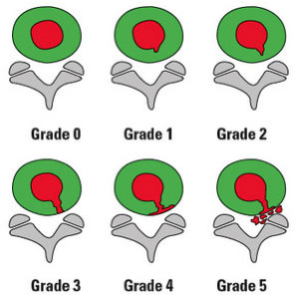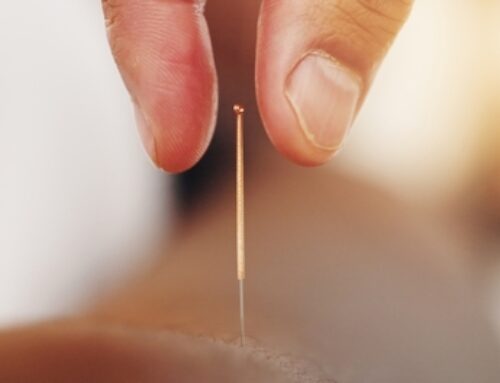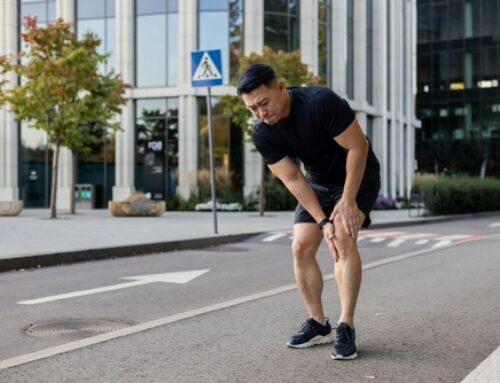Low-back pain is estimated to appear at least once in 80% of Americans’ lives, causing pain, loss of work, reduction in activities, and often requiring medication or other interventions.
While chiropractic and other conservative treatment therapies have been shown to be the most effective tools for helping improve and prevent low-back pain, I want to highlight two other alternative approaches: nutrition and motion. This post will focus on nutrition, which can be very effective in treating low-back pain.
Nutrition
In many of his anti-inflammatory diet articles and books, Dr. David Seaman highlights how inflammation can be a source of increasing pain sensitivity, can worsen arthritis, and can lead to the proliferation of cancer. He also states how eating foods that reduce inflammation can help to treat/prevent those conditions and how these same foods can be used to reduce acute pain such as low-back pain. (Our
A common misconception is that back pain is either mechanical (joint stiffness) or inflammatory (muscle injury). But most low-back-pain episodes involve both muscle and joint and often include the lumbar disc. During many of these episodes, inflammatory enzymes known as matrix mettalloproteinases (MMPs) are released, causing relentless progressive degradation to the disc nucleus, lumbar vertebrae, and neighboring musculature. This can create long-term damage to the spine, destabilization, and chronic pain.
 The chart here shows how a lumbar disc bulge can grow and eventually cause herniation. Studies have shown that MMPs are responsible for this process and that this type of degradation can be influenced by inflammation as much as by mechanical “wear and tear.”
The chart here shows how a lumbar disc bulge can grow and eventually cause herniation. Studies have shown that MMPs are responsible for this process and that this type of degradation can be influenced by inflammation as much as by mechanical “wear and tear.”
So could there be a way to inhibit MMPs before they degrade the nucleus and eat into the annulus of the disc? We don’t know yet. But successful approaches have been performed with heart disease, where MMPs can cause damage to the arteries.
Patients with metabolic syndrome, type 2 diabetes, hypertension, dyslipidemia, and obesity have a generalized elevation of MMPs and have shown greater likelihood to have both heart disease and disc herniation. While yet to be demonstrated from a therapeutic perspective, this information suggests that disc patients should immediately adopt a low glycemic index / load diet and consider supplementing with nutrients that have blood-sugar benefits, such as magnesium, vitamin D, chromium, and lipoic acid. Turmeric and ginger have shown effectiveness in reducing inflammation and its damaging effects. Glucosamine and chondroitin can also reduce inflammatory damage to the cartilage of the lumbar spine.
Keep an eye on our blog, as next week we will look at “motion” as an effective alternative treatment for low-back pain. If you are seeking chiropractic treatment for your low-back pain, don’t hesitate to call us at 540.344.1055, or visit our Roanoke, VA office.
And plan now to join us for our FREE low-back pain class happening Thursday, June 19, at 6:00pm. Email us to reserve your spot.
Dr. Daryl Rich, DC, CSCS






